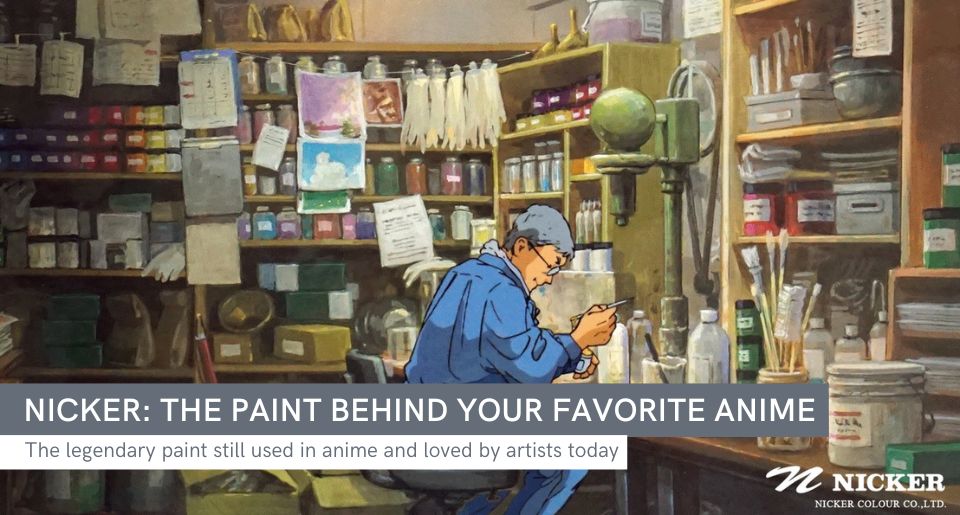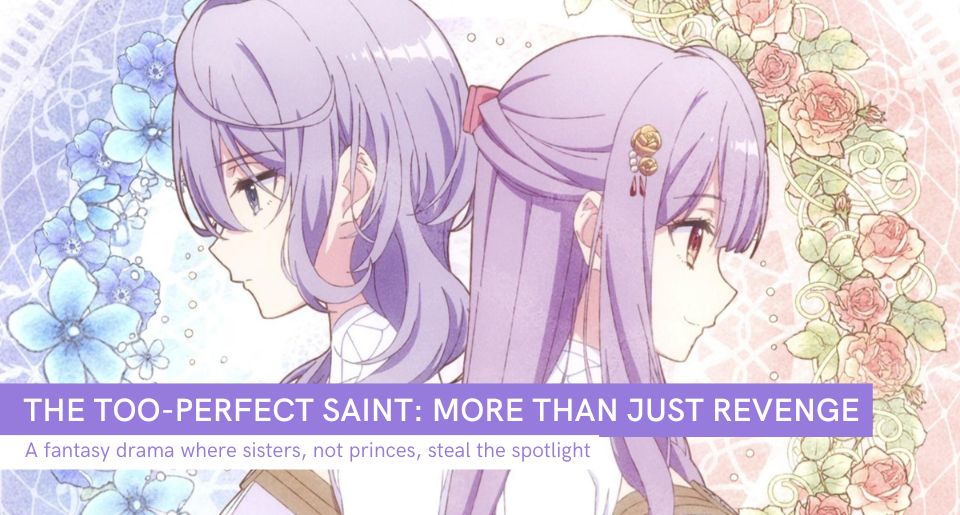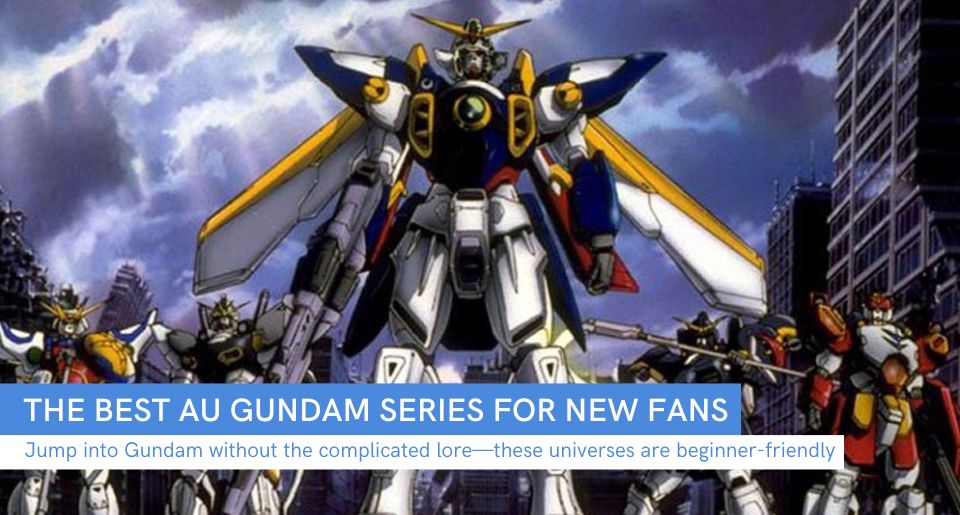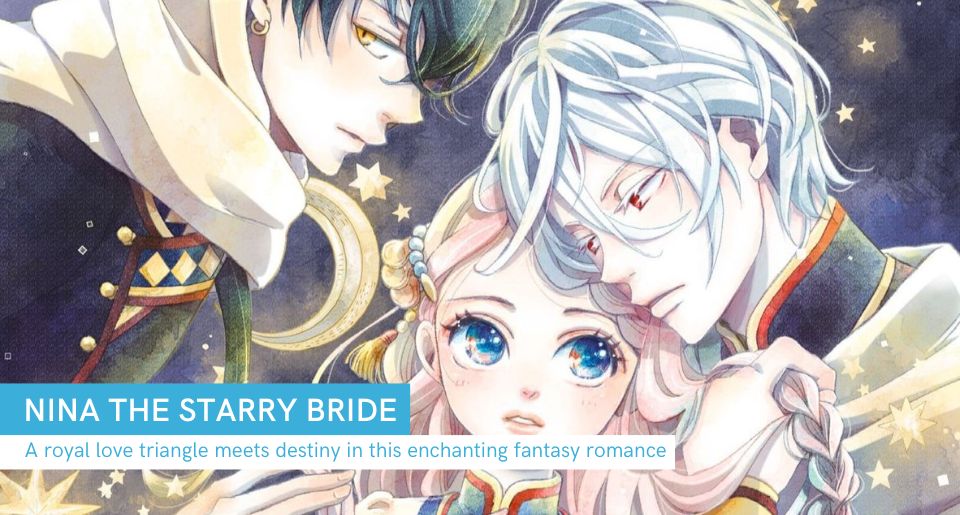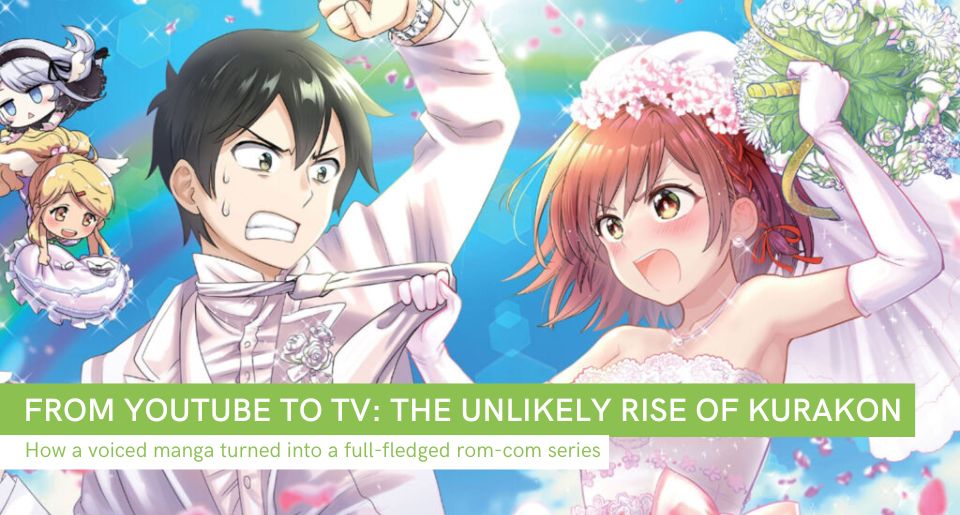Contents
- The Different Types of Nicker Paints You Should Know About
- How Nicker Became Anime’s Go-To Paint
- Studio Ghibli and the Art of Emotional Backgrounds
- Yoichi Nishikawa: Keeping the Tradition Alive
- Spilled Ink: Bridging Generations With Brushstrokes
- Why Artists Still Love Nicker Paints
- How They’re Made (And Why That Matters)
- Beyond Anime: Where Else Nicker Shines
- Why the Spilled Ink Video Collaboration Is a Big Deal
- Is Traditional Painting Making a Comeback?
- Where to Buy Nicker Paints (Without a Trip to Japan)
- Why Nicker Still Matters
- What do you think?
- About the Writer
There’s something magical about the way old-school anime looks—those soft skies, cozy lighting, and backgrounds so detailed you feel like you could step right into them. Before everything went digital, those scenes were painted by hand. Yep, real paint, real paper, real people sitting at desks for hours. And one of the MVPs behind those dreamy visuals? A Japanese paint brand called Nicker.
If you’ve ever been mesmerized by a Studio Ghibli background or paused an episode just to soak in the scenery, chances are Nicker paints were involved. They’ve been around forever, quietly helping artists bring anime worlds to life, one brushstroke at a time.
And here’s the cool part—they’re still around. Not only that, they’re kind of having a moment. Artists and illustrators today are rediscovering the joy of traditional media, and Nicker is right there in the mix.
So, how did these paints go from postwar Japan to Ghibli movie magic? And why are so many people still using them in 2025? Let’s talk about it.
The Different Types of Nicker Paints You Should Know About
So, Nicker isn’t just about one kind of paint — they actually have a few different types, and each one’s got its own vibe and uses. Here’s the scoop:
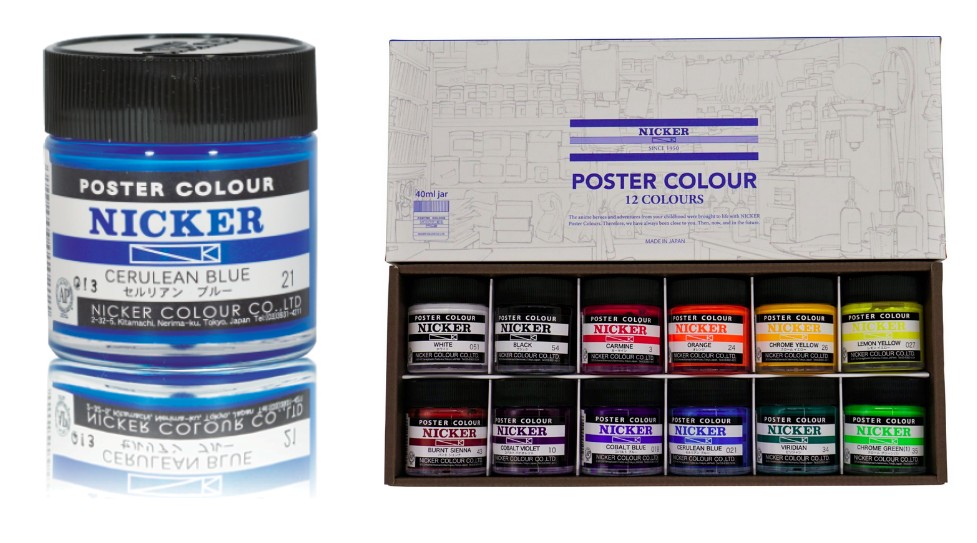
First up, there’s Poster Color—this is their classic, the one they’ve been making pretty much the same way since forever. What’s cool about it is that they use pure arabic gum as a binder instead of the usual stuff, which means it goes on super smooth and feels really nice when you paint with it. You can use it thick and opaque or thin it out a bit to get a see-through watercolor effect. Basically, it’s pretty versatile and can do a bunch of different things.

Then there’s Acrylic Gouache, which is kinda like a fancy acrylic. It dries fast but has this nice matte finish that’s smooth and rich-looking. The colors are super pigmented, so they stay bold without that shiny acrylic look. Perfect if you want something that dries quick but still looks flat and smooth.
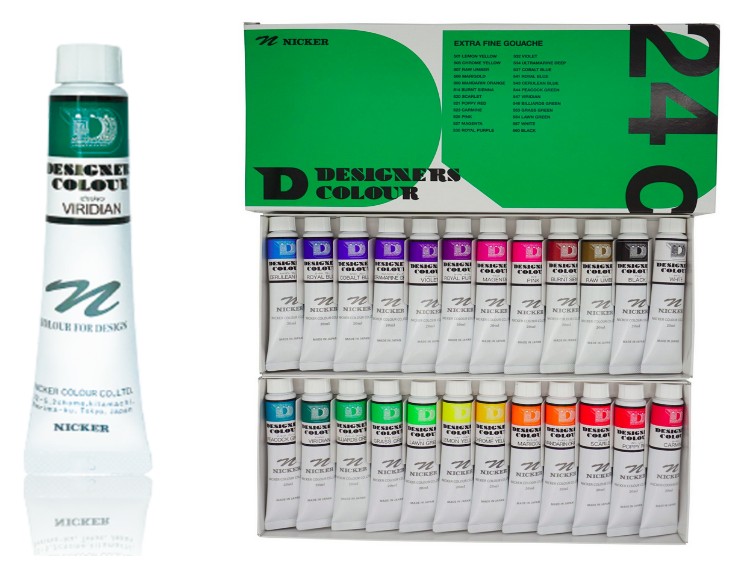
Next up is Designers Color—this one’s like an opaque watercolor but with super clean, bright colors that mix really well without getting all muddy. It’s smoother and more refined than the poster color and a favorite for designers and calligraphers because it flows great on the brush and blends nicely.
Last but definitely not least, there’s Painters’ Gouache—their top-tier opaque watercolor. It’s made with the best arabic gum, so it spreads really even and doesn’t bleed or get cloudy when you mix colors. Plus, it blends great with water, so you can do all sorts of cool watercolor effects. This one’s basically Nicker’s dream paint—smooth, reliable, and perfect if you want clean, flat color layers.
How Nicker Became Anime’s Go-To Paint
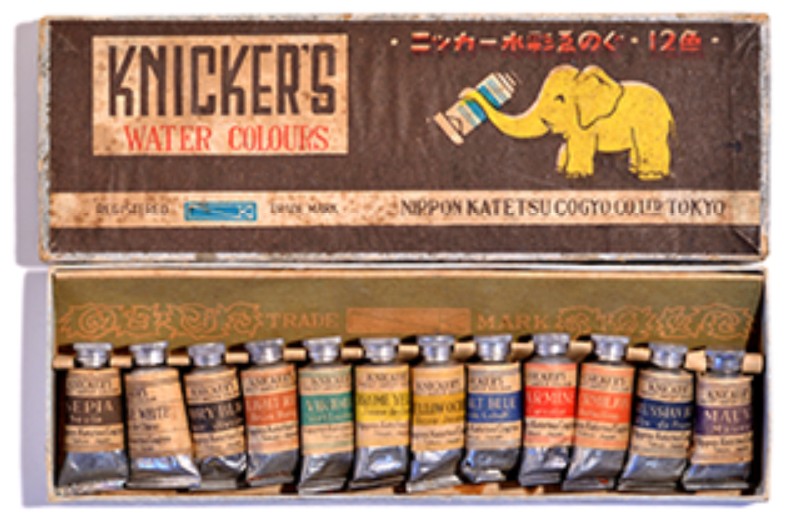
The first watercolor set that Nicker sold in 1947. At that time, the brand name was still called “Knicker’s” instead of “Nicker”.
Nicker’s story goes all the way back to 1945, right after World War II. The company started out as Nippon Katetsu, making military supplies. When the war ended, they were left with a bunch of leftover materials like tin, copper, and iron. Instead of scrapping it all, they had the idea to make tubes—yep, like paint tubes. By 1947, they were making watercolors under the name “Knicker’s” (named from the initials of Nippon Katetsu) which eventually turned into “Nicker” as they expanded into other types of paints. The company officially became Nicker Colour Co., Ltd. in 1950.
As Japan’s anime industry took off in the '60s, '70s, and '80s, animators needed paints that could keep up—something consistent, matte, and camera-friendly. Nicker’s poster colors totally fit the bill. While a lot of Western poster paints would dry glossy or patchy, Nicker’s formula stayed flat and vibrant, making it perfect for animation cels. Studios started using Nicker more and more, and by the '90s, they were basically the go-to for background artists across the anime world.
One of the coolest parts of their history? In 1963, Osamu Tezuka’s team asked Nicker to create custom colors for Astro Boy, like a special blue that looked great on color TVs. From that point on, Nicker became a quiet but essential part of anime history—used in everything from My Neighbor Totoro to Ranking of Kings. Even today, their paints are loved for the same reasons: rich colors, smooth application, and serious staying power.
Studio Ghibli and the Art of Emotional Backgrounds
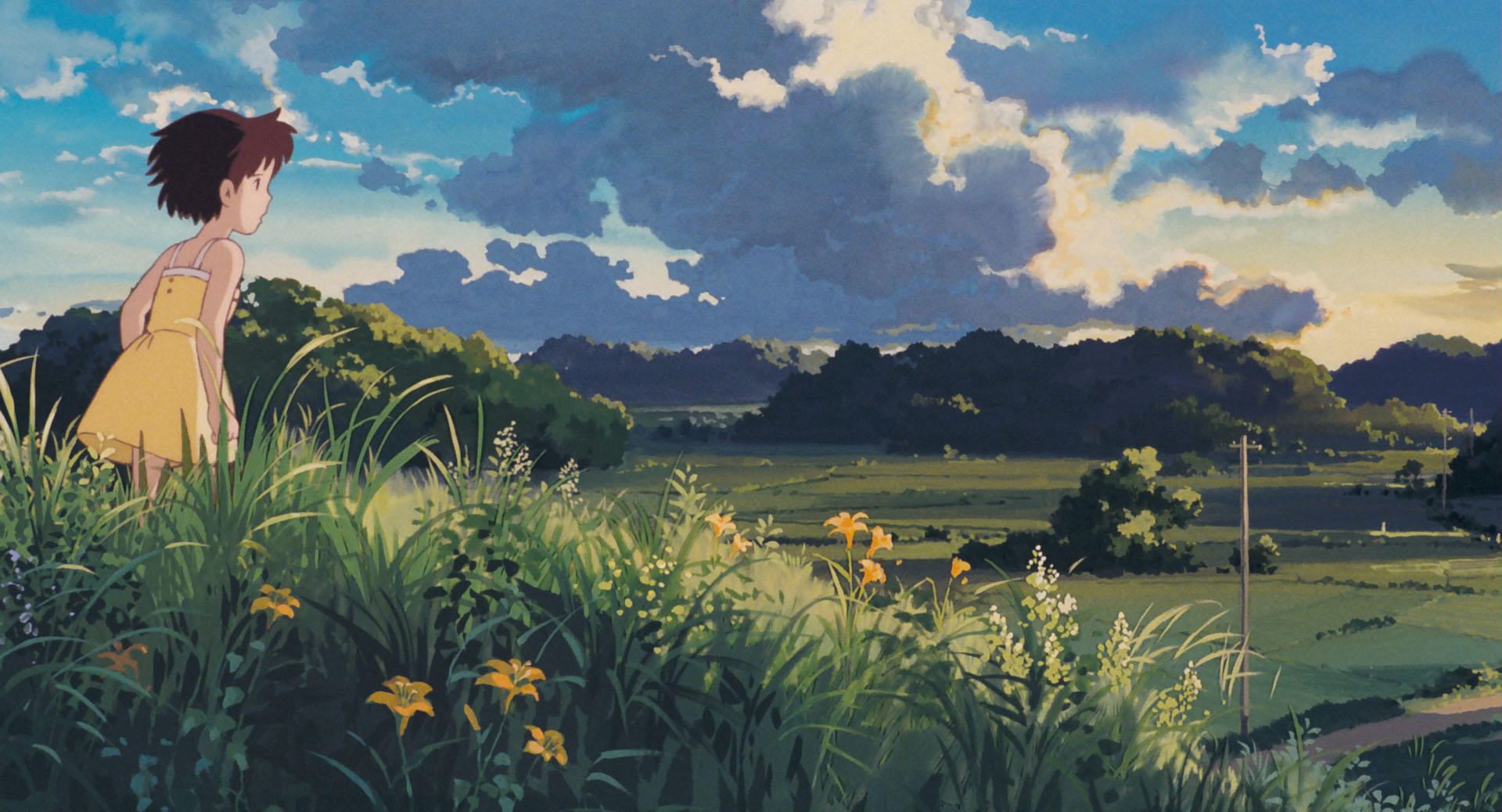
The backgrounds in Studio Ghibli’s My Neighbor Totoro were painted using Nicker paints.
Say "Nicker" to a hardcore anime fan and their ears might perk up, especially when you mention Studio Ghibli. Some of the most iconic visuals in animation history—lush forests, quiet train rides, ethereal skies—were painted using these very pigments.
Think of the smoky reds of the bathhouse in Spirited Away, the golden fields of My Neighbor Totoro, or the vast, ancient forests of Princess Mononoke. These scenes don’t just support the story—they are the story. They carry mood, emotion, and depth without saying a word.
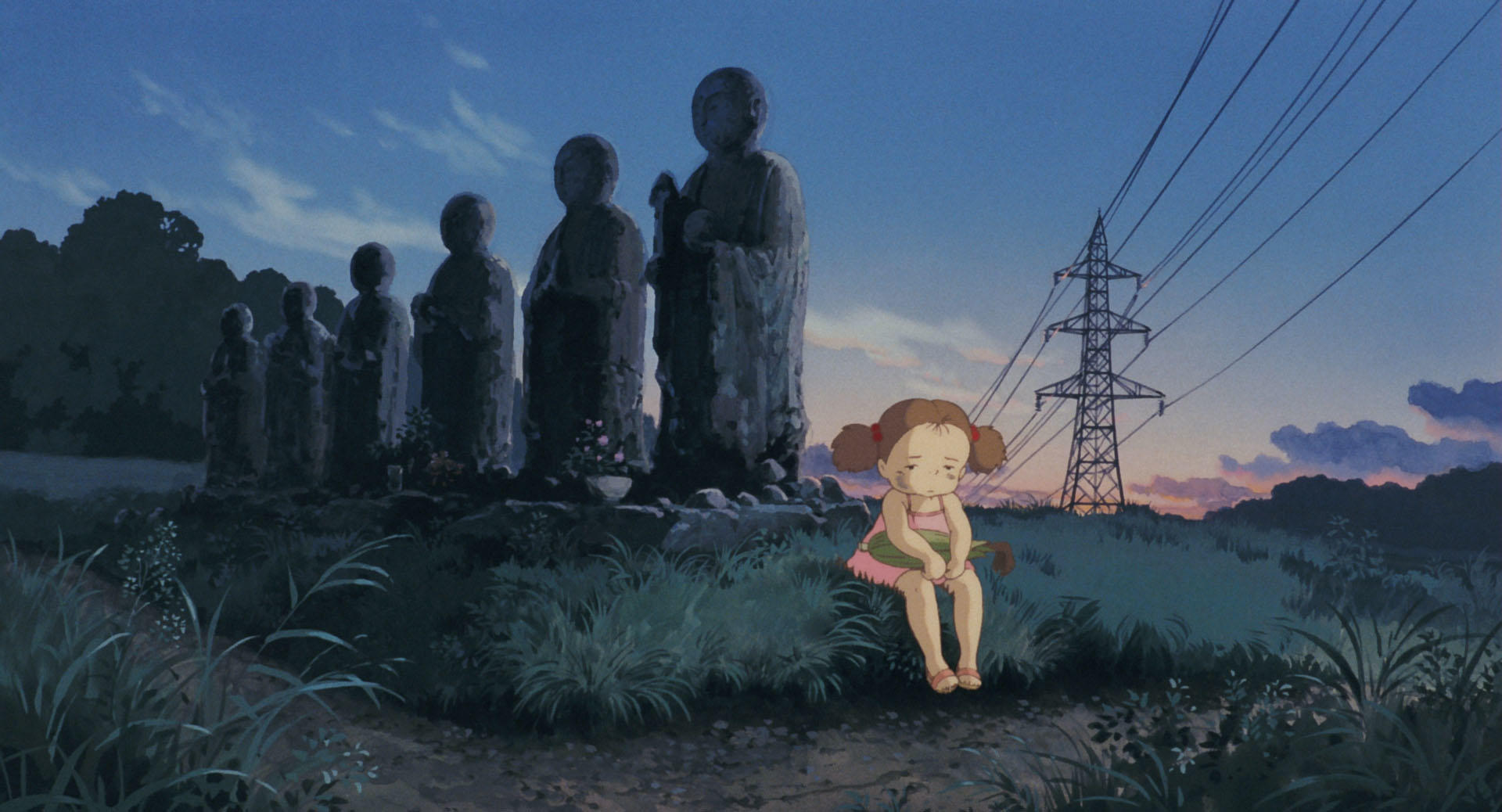
In traditional animation, backgrounds are more than scenery. They’re emotional backdrops. They set tone, convey atmosphere, and give viewers a sense of place and time. Before digital painting came along, everything was done by hand—real brushes, real paint, real paper. And for Ghibli artists, Nicker was the paint of choice.
With their ability to blend subtle tones and hold up under studio lights and cameras, these paints helped create the layered, dreamlike worlds that define Ghibli’s legacy.
Yoichi Nishikawa: Keeping the Tradition Alive
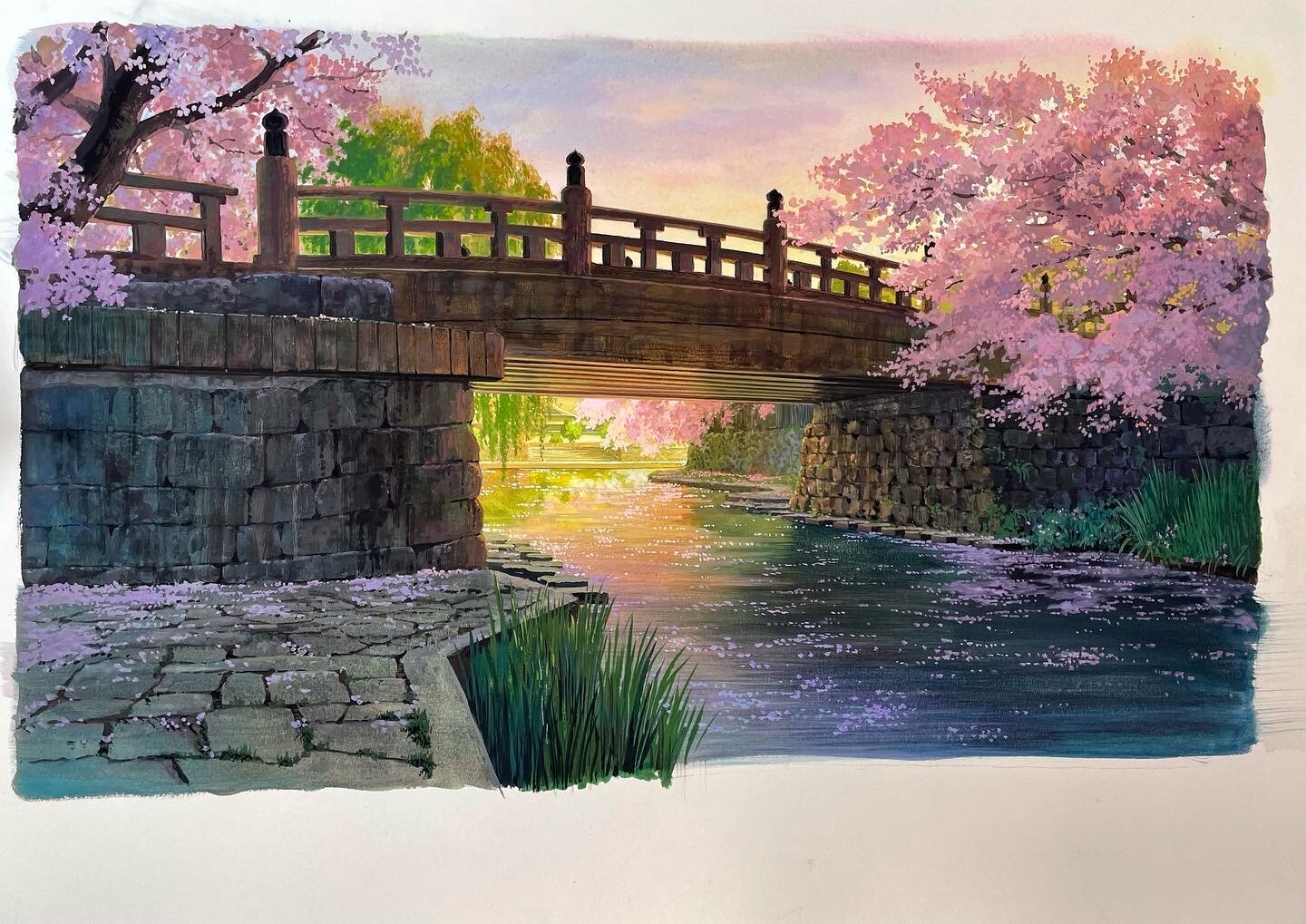
One of Nishikawa’s works using traditional materials.
If you want to see what Nicker Poster Colors are really capable of, just look at the work of Yoichi Nishikawa. A background artist with credits at Studio Ghibli, Studio Chizu, and beyond, Nishikawa is known for his emotive, atmospheric style—gentle light, soft shadows, and deeply immersive environments.
In an industry that’s gone mostly digital, he’s stayed faithful to traditional materials. His process is refreshingly analog: heavyweight paper, well-worn brushes, and, of course, Nicker paints. The results are stunning—like memories frozen in pigment. A sunlit forest. A peaceful seaside street beside a glittering sea. A hidden alley glowing at dusk.
Nishikawa’s dedication to the craft hasn’t gone unnoticed. His work has resonated not only with anime fans but also with fine art collectors and younger artists who are eager to learn how things were done in animation’s golden age.
And now, he’s bringing that knowledge to a whole new audience.
Spilled Ink: Bridging Generations With Brushstrokes
We Tried Poster Paints For The First Time! (GHIBLI STYLE!!)
Enter Spilled Ink—a rising YouTube channel started by American creators Daidus and Emirichu. Now based in Japan, the duo launched Spilled Ink to explore traditional art techniques, from brush inking to watercolor to—you guessed it—poster color painting.
In the just released video, they’re teaming up with Yoichi Nishikawa for a collaborative session sponsored by Nicker and ZenPlus. The idea? Nishikawa visits the Spilled Ink studio and paints a piece live using Nicker paints, sharing his thoughts and techniques along the way.
Getting SCHOOLED By A Ghibli Background Artist
More than a demo, it’s a rare peek into a vanishing art form. And for fans of both traditional anime and YouTube art content, it’s a crossover worth getting excited about. The video is set to drop very soon and promises to be part masterclass, part documentary, and part love letter to the craft of painting.
Why Artists Still Love Nicker Paints
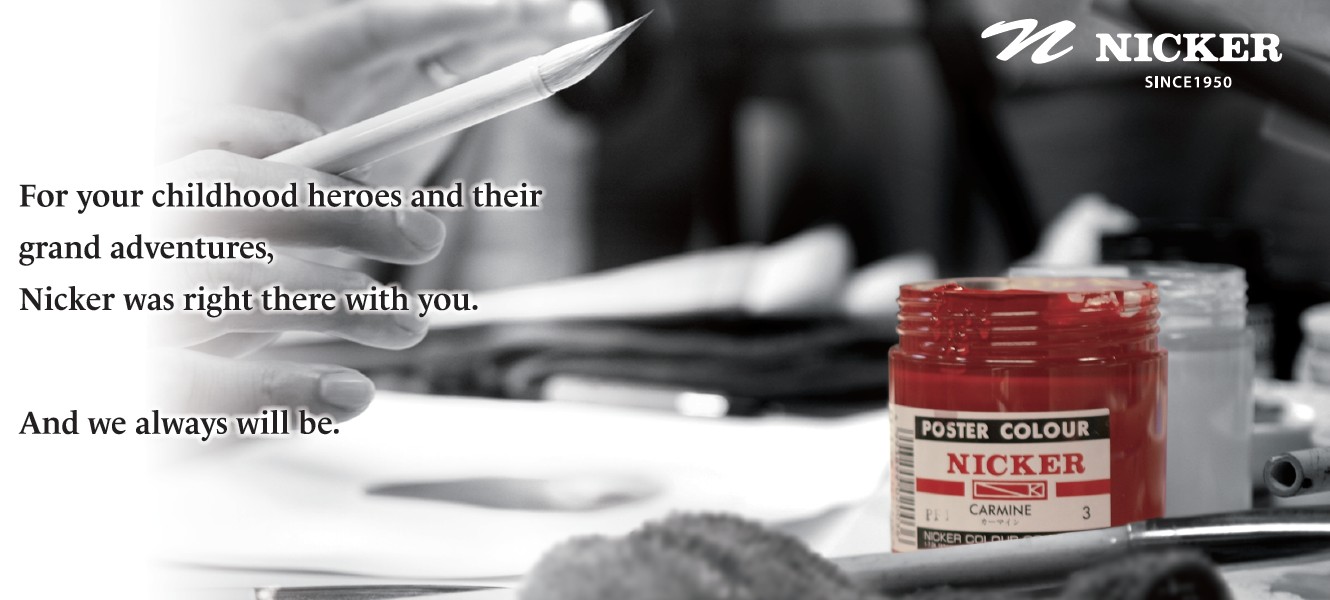
What keeps artists coming back to Nicker paints after all these years is their unique combination of qualities. First, the pigments are intense and vivid, delivering rich, saturated color with just a small amount of paint. Whether it’s a blazing sunset or a cool, quiet morning scene, the colors come through with clarity and punch.
Equally important is the finish. Nicker poster colors and designers’ color dry to a completely matte surface, which is crucial for artists who scan or photograph their work. There’s no shine or glare to interfere with the final image, which is a game changer for print reproduction or digital archiving.
There’s also an emotional element. For many illustrators and background artists, painting with Nicker feels like reconnecting with a piece of anime history. It’s more than just using a reliable material—it’s a nod to the process that built the art form they love.
And while Nicker paints are professional-grade, they’re also forgiving. Beginners appreciate how easy it is to experiment with them, while professionals value the control and responsiveness they offer. It’s rare to find a paint that’s accessible and advanced at the same time, but Nicker walks that line gracefully.
Some artists even say that after years of digital work, picking up Nicker paints helped them fall back in love with painting again.
How They’re Made (And Why That Matters)
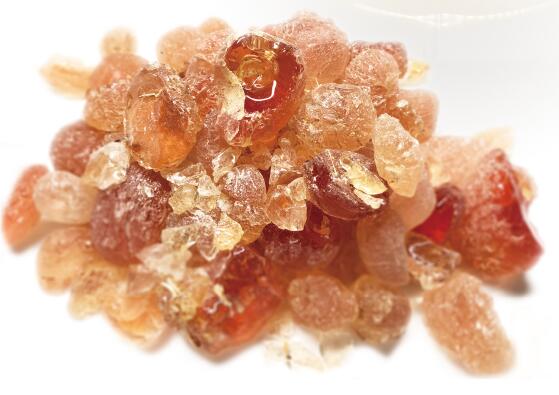
Nicker uses the highest quality South Sudan-produced gum arabic in their paints—their not so secret ingredient.
What really makes Nicker Poster Colors stand out is how they’re made. They keep things old-school with a small-batch, handcrafted process that focuses on using pure pigments and just the right amount of binder—gum arabic instead of the usual stuff like dextrin. Because they skip the cheap fillers and extra additives, the paint goes on super smooth, dries nice and even with a matte finish, and keeps its true color over time. They even grind the pigments really fine and run the mix through special rollers to make sure it’s perfectly smooth, which helps keep the colors consistent and vibrant.
Sure, it’s not the fastest or easiest way to make paint, but that’s kind of the point. Nicker does tons of quality checks to make sure each batch lives up to their high standards for how it looks and performs. In a world full of mass-produced paints that often cut corners, it’s refreshing to see a brand that still cares about craftsmanship. That’s why so many pros in animation and art keep coming back to Nicker—it just works.
Beyond Anime: Where Else Nicker Shines
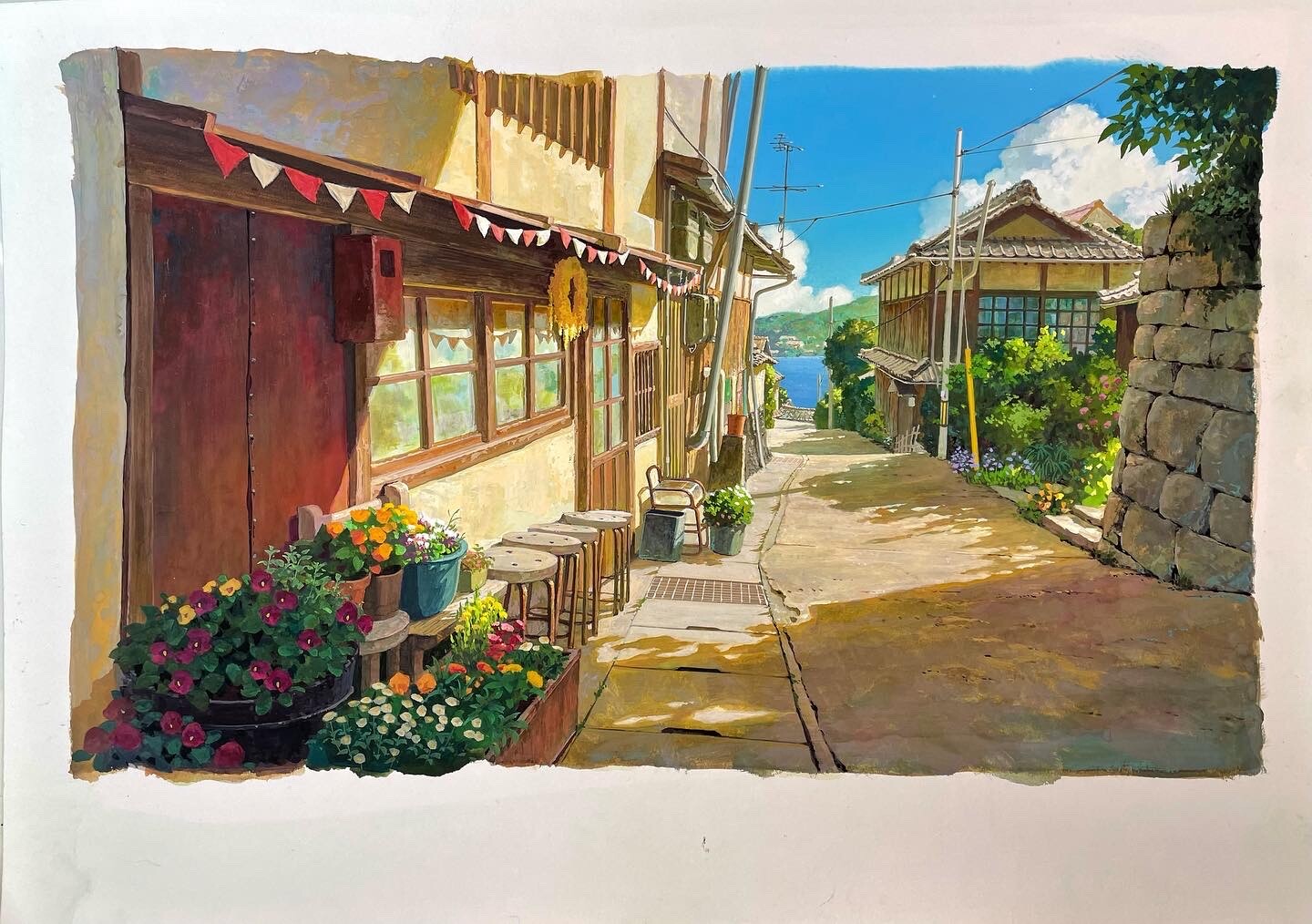
Nicker paints aren’t just for anime—they’re used in all kinds of art, like this illustration by Yoichi Nishikawa.
While Nicker may be best known in anime circles, their paints are used in a wide range of creative fields. Manga artists often turn to them for full-color pages and cover art. Graphic designers appreciate the matte finish for printed posters and books, while illustrators use them for gallery work, zines, and commissions.
Art teachers and educators are also introducing them in classrooms to teach students the fundamentals of painting with opaque water-based media. They’re versatile, approachable, and reliable, which makes them an ideal bridge between beginner exploration and professional application.
Social media has played a major role in spreading the word. From Instagram reels to YouTube painting sessions, artists are sharing their techniques and results with a global audience, helping Nicker paints find a whole new generation of fans.
Why the Spilled Ink Video Collaboration Is a Big Deal
【Mont Saint-Michel】 How to painting an animation background
The collaboration between Spilled Ink and Yoichi Nishikawa is a rare opportunity to witness a master background painter at work using the same tools he’s used for years. This is a chance to learn directly from someone who has shaped the aesthetic of some of anime’s most beloved films.
It’s also a bridge between generations. Nishikawa represents a more traditional, analog approach to animation, while Daidus and Emirichu bring a newer, digital-savvy sensibility to their audience. Together, they’re creating something that feels both nostalgic and fresh, grounded in history but looking toward the future.
For art fans, anime fans, and creative learners alike, it’s the kind of collaboration that only comes around once in a while.
Is Traditional Painting Making a Comeback?
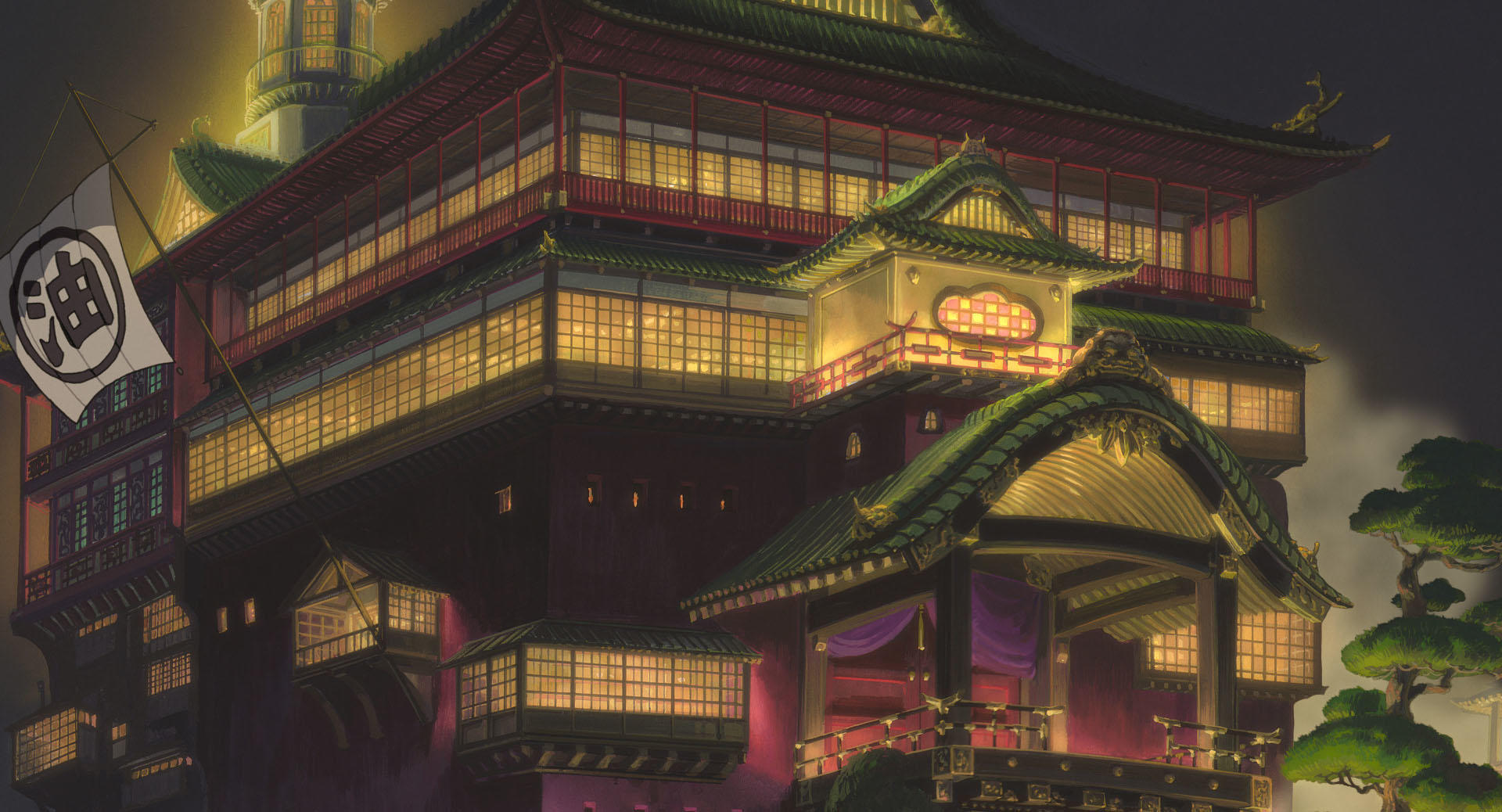
Backgrounds used in Studio Ghibli movies are usually done traditionally, and this background from Spirited Away is no exception.
In many ways, it is. While digital art dominates commercial animation and design, more and more artists are returning to traditional media for personal work, practice, and creative fulfillment. There’s something grounding about working with real materials, and Nicker is right at the heart of that movement.
By staying true to their roots and maintaining high standards, Nicker has earned the loyalty of both veteran artists and curious newcomers. They’ve supported independent creators, worked with educational platforms, and continued to champion the value of hand-made art in a digital world.
It’s not about rejecting digital—it’s about embracing a hybrid approach. Artists are blending analog and digital techniques to get the best of both worlds, and Nicker paints offer a tangible, expressive element that can’t be replicated with pixels alone.
Where to Buy Nicker Paints (Without a Trip to Japan)
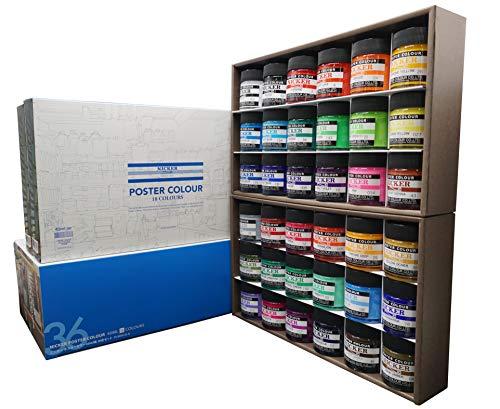
For years, getting Nicker Poster Colors outside Japan was a hassle. But that’s changed thanks to platforms like ZenPlus, which offer international shipping and a wide selection of Nicker products. Whether you’re looking for full paint sets, individual tubes, or specialized tools, it’s all available online with global access!
These are the same paints used in professional studios—not a student-grade knockoff. If you want the real deal, this is where you’ll find it.
Why Nicker Still Matters
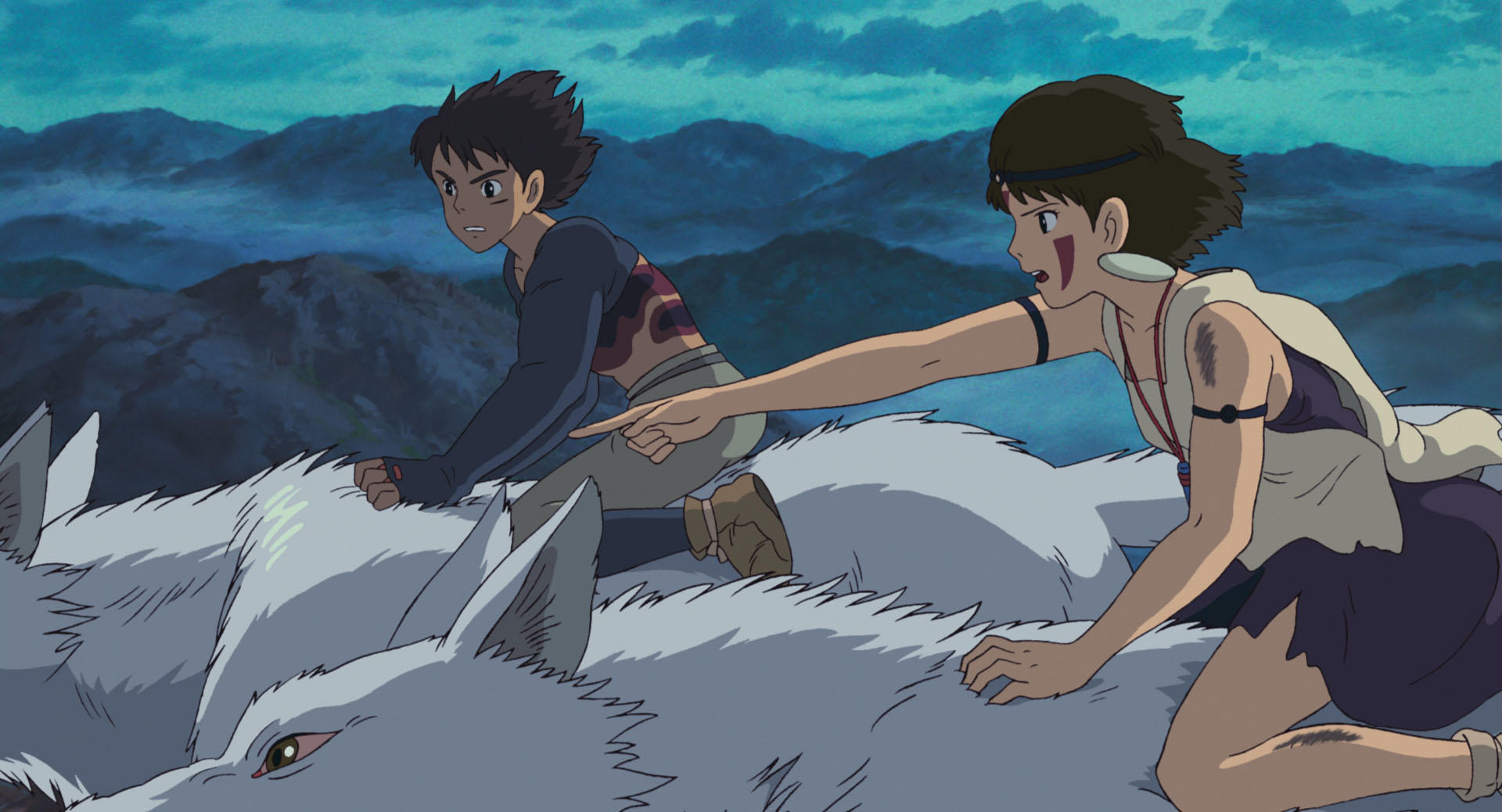
Princess Mononoke’s backgrounds are drawn using Nicker paints. While AI can mimic art styles, it doesn’t have the same depth as artworks done by real people.
In an era where AI can generate anime backgrounds in seconds and digital brushes can mimic just about any texture, it’s fair to ask whether traditional tools like Nicker Poster Colors still have a place.
But that’s exactly why they matter. The point of traditional art isn’t efficiency—it’s presence. It’s the rhythm of brush on paper, the unpredictability of pigment, the human hand at work. Those little imperfections? They’re part of the story.
Nicker has always been about more than paint. It’s about honoring a craft, building a world stroke by stroke, and capturing the kinds of emotions that algorithms can’t replicate.
So yes—these paints still matter. Maybe now more than ever.
What do you think?
What sets Nicker apart from other paint brands?
Will anime backgrounds still be done traditionally in the future?
What is the collab between Nicker and Spilled Ink all about?
Let us know in the comments or drop us a line on social media: X (formerly Twitter), Instagram, Facebook! We’d love to hear from you!
ZenPlus is your one-stop shop for all things Japanese. Check out our marketplace for more Nicker products!
About the Writer
Cristy is a freelance artist and writer who has been obsessed with anime and manga since childhood. Her love for these imaginative worlds fuels her creative endeavors, and she shows no signs of stopping anytime soon.

